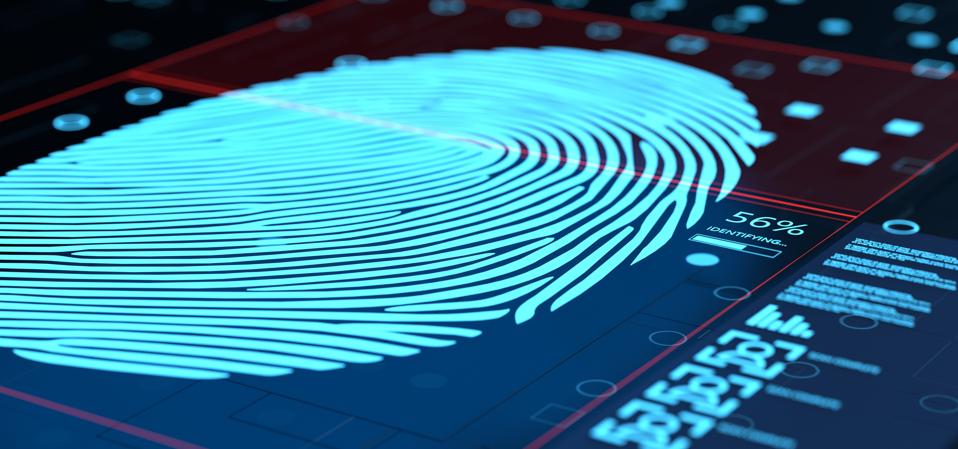Digital forensics stands alone among major forensic disciplines as a field where practitioners operate without mandatory licensing or certification. While engineers who investigate structural failures must hold Professional Engineering licenses and fire investigators typically need certifications like the CFEI, digital forensics experts testify in courts worldwide with a patchwork of optional credentials or sometimes none at all.
This regulatory anomaly raises a compelling question: how does a field critical to modern justice maintain quality without the gatekeeping mechanisms other disciplines consider essential?
Digital Forensics Standards: Born From Necessity
The Scientific Working Group on Digital Evidence, or SWGDE, recently released document 18 F 003 2.0, “Best Practices for Mobile Device Evidence Collection & Preservation,” currently in public comment period. This unassuming document exemplifies the field’s novel solution to quality control without licensing requirements.
Created through a consensus based process involving practitioners across government, private industry, and academia, this document demonstrates how digital forensics replaced traditional licensing with collaborative standards development.
Unlike most forensic disciplines that evolved through academic channels, digital forensics emerged directly from law enforcement necessity in the 1980s and 1990s. As investigators encountered computer crimes, they needed immediate solutions rather than waiting for universities or licensing boards to develop formal programs. This practical origin created a culture that prioritized effective methodology over certification requirements.
The contrast with traditional forensic disciplines is stark. Engineering regulatory boards emerged gradually over decades, creating stable licensing frameworks for practices that change incrementally. Digital forensics faced the opposite reality: rapidly evolving technology demanded immediate adaptation.
Professional licenses work well for disciplines with stable foundations. A structural engineering exam can test fundamental principles that remain consistent for decades because physics doesn’t change when new building materials emerge.
Digital forensics faces fundamentally different challenges. With new smartphones released annually and their operating systems update constantly, licensing exams would become outdated before testing materials could be printed. The field needed a more agile approach to quality control.
Digital Forensics Standards: Finding Consensus Through Collaboration
SWGDE has developed dozens of guidance documents covering everything from computer forensic acquisitions to vehicle infotainment systems, each following a uniquely democratic development process:
- Subject matter experts draft initial guidance based on field experience.
- Internal review and voting refines the content.
- Public comment periods lasting 60 days gather broader input.
- Feedback incorporation creates consensus standards.
- Periodic updates ensure guidance evolves with technology.
This living document approach addresses the fundamental mismatch between digital technology’s pace and traditional licensing and certification cycles. When new technologies emerge, practitioners can immediately document proper handling procedures rather than waiting for boards to update examinations.
The SWGDE reveals the breadth of this approach, with documents covering network forensics, drone forensics, cloud service providers and cryptocurrency analysis. All subjects that might be excluded from fixed certification programs but remain critical for modern digital investigations.
For courts evaluating digital evidence, these consensus documents provide critical benchmarks without requiring specific credentials. A practitioner can be evaluated based on adherence to documented methodologies rather than certification status.
The Missing Guardrails: When Standards Aren’t Enough
Despite its advantages, the lack of mandatory certification creates significant challenges for digital forensics quality control. Without formal verification requirements, determining practitioner competence becomes far more difficult for courts and clients alike.
This creates a troubling scenario where individuals without adequate training or experience can present themselves as digital forensics experts. Unlike engineering where PE licensing creates clear minimum competency thresholds, digital forensics relies largely on self representation and reputation.
The consequences can be severe when unqualified practitioners handle critical evidence. Courts may accept testimony from individuals who follow outdated methodologies, lack sufficient technical understanding, or do not have the forensic technology to properly analyze complex digital systems, potentially leading to miscarriages of justice.
Organizations seeking digital forensics services face similar challenges evaluating provider qualifications without the shorthand of mandatory licensing. This creates inefficiency in the market as clients must conduct far more extensive due diligence than in licensed fields.
Why The No License Model Ultimately Prevails
Despite these genuine challenges, digital forensics’ no license model ultimately offers superior results for an exponentially evolving field. The freedom from mandatory certification creates three critical advantages that outweigh the difficulties of evaluating practitioner competence.
First, the field can adapt faster. When new technologies emerge, practitioners can immediately develop and implement appropriate methods without waiting for licensing boards to catch up. This agility is essential with a discipline that must move at the pace of technology.
Second, the consensual standards approach creates higher quality guidance by tapping diverse expertise. SWGDE documents incorporate perspectives from law enforcement, private industry, and academia, creating robust methodologies.
Third, the focus on documented methodology rather than practitioner credentials creates stronger accountability. Courts examine how evidence was handled rather than accepting certification as a proxy for competence, demanding higher substantive standards than many licensed fields.
For these reasons, digital forensics’ unique approach to professional standards represents not a deficiency but an innovation suited to technology’s pace. While identifying qualified practitioners requires more effort than simply checking licenses, the resulting system delivers more adaptable, responsive expertise precisely when technological challenges demand it most.

